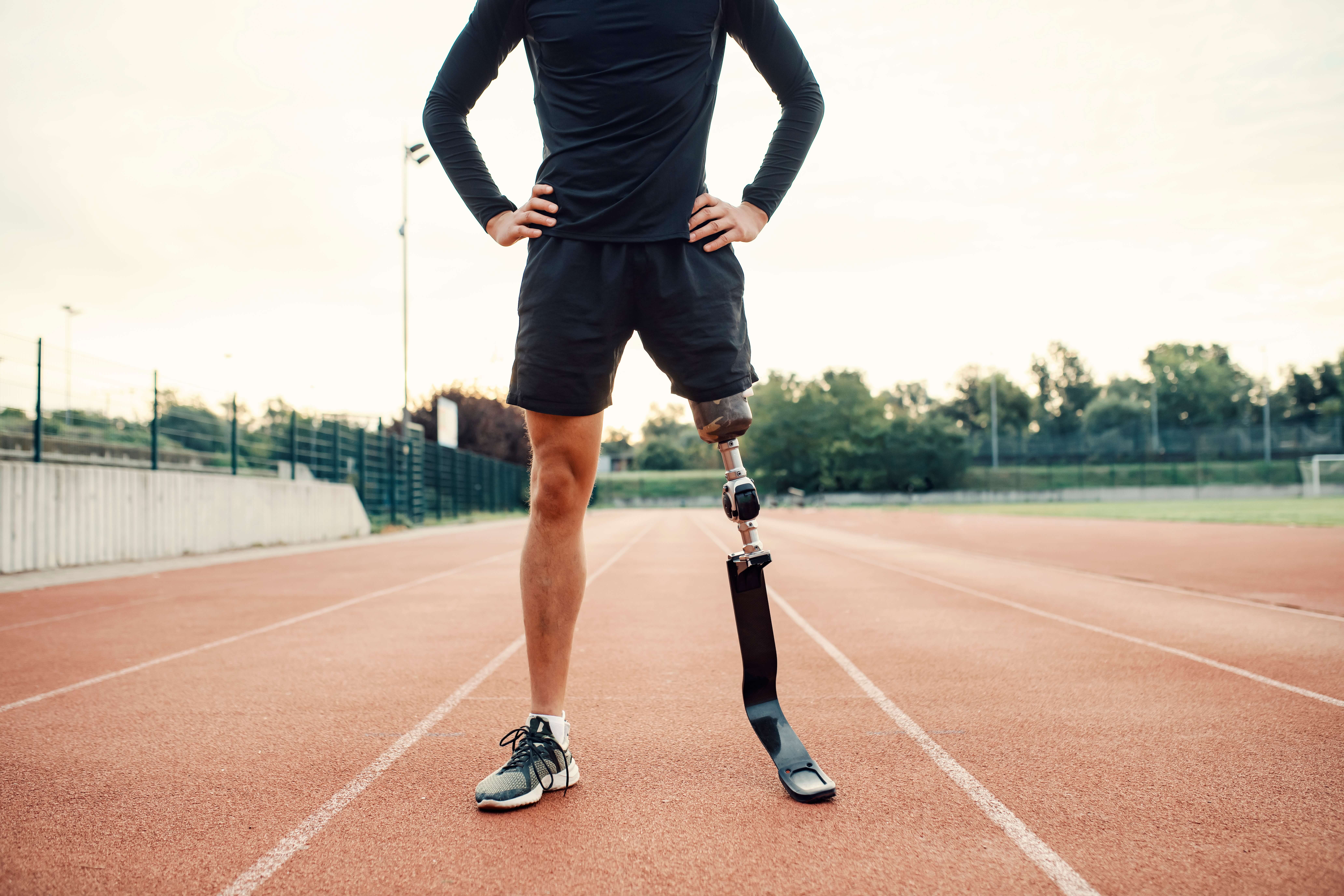
June 5, 2025
Contact us at: 800.444.4834
October 3, 2024

As vocational rehabilitation and life care planning experts, we deal with various types of catastrophic injuries. The loss of a body part via amputation is one such catastrophic injury, and in these cases, we are retained to assess an individual’s residual functioning post-amputation, as well as their ongoing future care needs related to their amputation.
There have been many recent advancements in prosthetic technology and amputee care, which is why we consistently make an effort to remain informed about the latest research, resources, and technologies relevant to understanding the needs and outcomes associated with amputation. Our goal is to design Life Care Plans and render vocational opinions that assist injured individuals in reclaiming their independence, accessing necessary resources, and improving their quality of life.
Per the Amputee Coalition (www.amputee-coalition.org), there are over 5.6 million people currently living with limb loss and limb difference in the United States. Among those living with limb loss, the major causes of their amputations are:
Limb loss, regardless of the cause, can impact an individual’s ability to return to usual activities of daily living, employment, household chores, and avocational interests. However, limb loss, specifically due to acute injury or trauma, is associated with increased risk of psychological issues and medical complications, as individuals struggle to accept their reality and are unaware of proper post-amputation care.
Per the Hanger Clinic (https://hangerclinic.com/patients/amputation-considerations/), following amputation and rehabilitation, those with limb loss should consider the following:
Take Care of Your Residual Limb
Keeping a close eye on your skin is the best way to identify any problems. Inspect your skin on a daily basis and look for any changes. Pay attention to your skin’s temperature and color. Look for signs of broken tissue, blisters, tears, scratches, or cuts. Remember to inspect all creases and bony areas and use a mirror to look underneath your limb. If you notice any changes to your skin, notify your rehab team immediately.
Phantom Pain
One of the early challenges following amputation can be dealing with phantom limb sensation or pain. The experience of phantom pain varies for different individuals, and has been described as cramping, aching, burning, or a shock-like sensation. There are many different therapies that may help, including biofeedback, pharmaceuticals, and surgery. If you struggle with phantom pain, keep a log of when it occurs, and try to identify and eliminate any triggers. Take your log to your physician, and they can recommend the best treatment plan for you.
Physical Therapy
Physical therapy may be part of your recovery. During the early stages, your physical therapist may recommend exercises to condition and strengthen your residual limb. You may also learn the skills necessary for early mobility, including simple position changes. These might include transferring from bed to chair, getting to the toilet or shower, balancing while standing, and learning to use crutches or a wheelchair.
Home Exercises and Stretching
Allowing the muscles of your leg to tighten up after an amputation may make it more difficult for you to wear your prosthesis. These contractures can affect your gait and in extreme cases, may keep you from walking at all. Doing daily strengthening and stretching exercises at home will help improve your flexibility and prevent contractures.
Rely on Your Care Team
Rehabilitation depends on the combined efforts of many people. Your care team may also include your physician(s), prosthetist, physical therapist, occupational therapist, and possibly a psychologist/counselor. The best outcomes are achieved when you ask questions, say what you are thinking, and engage with your care team to clearly discuss options and issues.
Attitude and Focus
Patience, persistence, and positivity are essential to adjusting to your new normal. Focus on setting continuous, tangible goals that can be realistically achieved within a set time frame. As you find success along the way, you will feel empowered to continue on to the next step of your journey.
Following the acute rehabilitation phase of recovery, those individuals living with limb loss are typically referred to a certified prosthetist to begin the evaluation and assessment process. The primary goal of limb prosthetic management is to return the individual to as close to a pre-injury status and function as possible. Through evaluation, the prosthetists is tasked with determining if the individual will benefit from the use of passive and/or body-powered/cable-driven prosthetics.
The types of prostheses for both upper and lower limb loss continue to evolve and expand as medical technologies advance. The following are some of the prostheses helping individuals return to adaptive function and independence:
Naked Prosthetics – https://www.npdevices.com/
This company provides finger prostheses, including PIP Driver, MCP Driver, Thumb Driver, and Grip Lock Finger. With these devices, those with finger amputations can hold a writing utensil, grasp a doorknob or a baseball, swing a hammer, zipper a jacket, carry a cooler, and pick up a quarter.
Ottobock – https://www.ottobock.com/en-us/product/1C40
Ottobock manufactures upper and lower extremity devices. For knees and feet, Ottobock manufactures several different types for various activities including runner and sprinting feet, and microprocessor knees. One example is the C-Walk, which is a foot prosthesis made of carbon, making a symmetrical gait possible but also reducing strain on both sides of the body.
If your case involves amputation, including the possibility of future amputation, contact us to inquire as to how we can help you understand this complex medical condition, including the expected functional outcomes, the treatment options available, and the estimated cost of that treatment.
Resources:
Amputee Coalition (www.amputee-coalition.org)
American Board for Certification for Orthotics, Prosthetics and Pedorthics (https://www.abcop.org/home)
Hanger Clinic (https://hangerclinic.com/)
Naked Prosthetics (https://www.npdevices.com/)
Ottobock (https://www.ottobock.com/en-us/product/1C40)